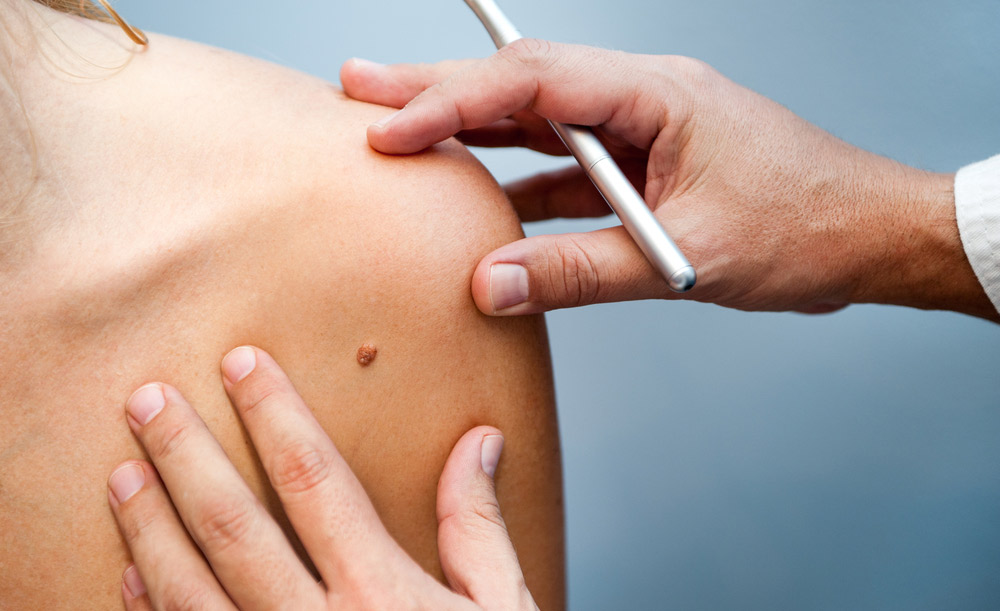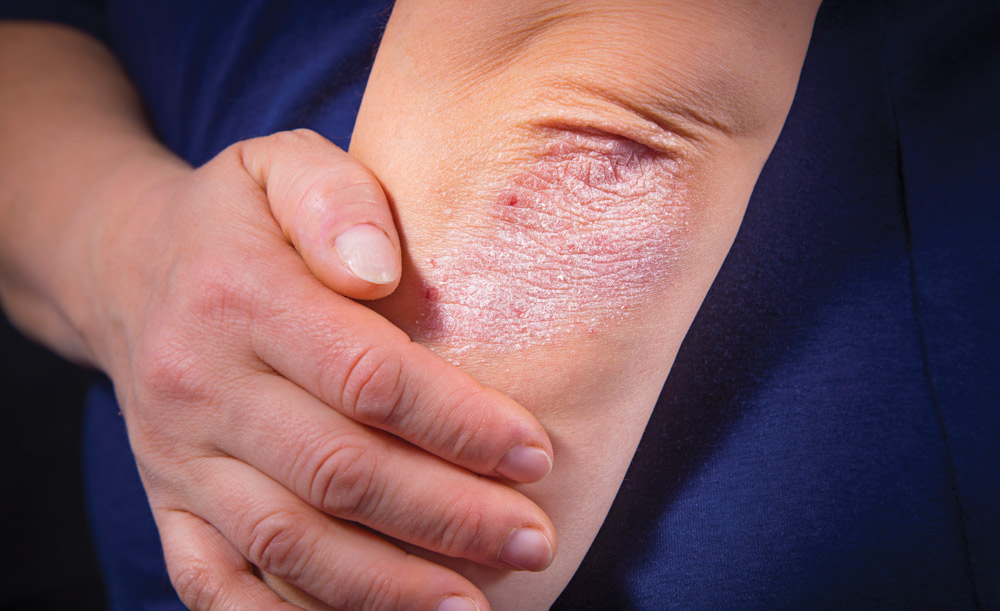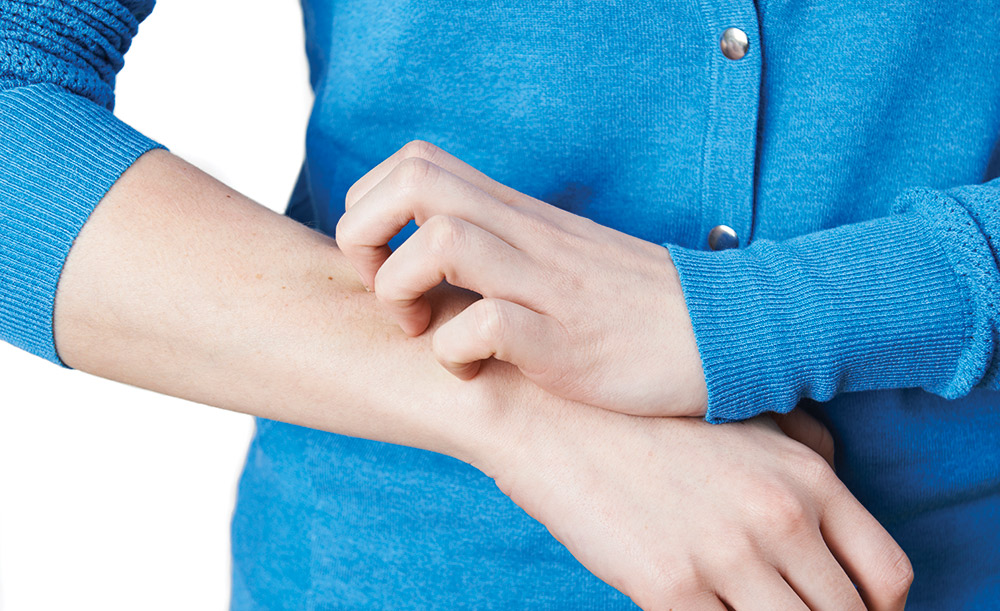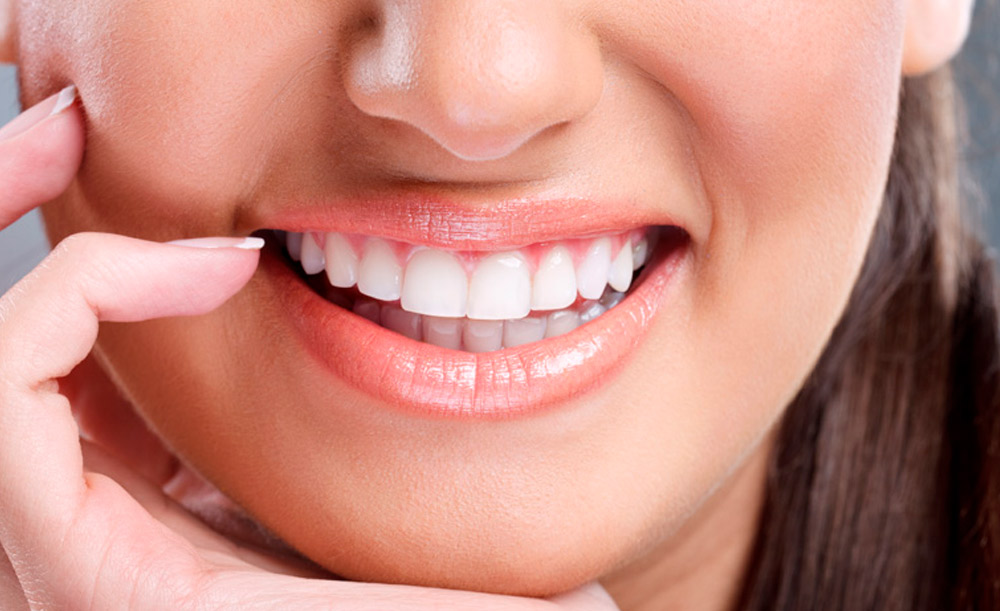Anyone that’s experienced acne as a teenager or adult knows that these red and inflamed bumps can wreak havoc on your skin and appearance. For most patients, acne clears with the help of topicals, oral medication, peels, or lasers.
However, sometimes these spots do not heal properly and can form 5 types of acne scars. Fortunately, there are cosmetic procedures, lasers, and injections that can help get rid of these scars for improved skin tone and texture.
1. Ice Pick Scars
Ice pick scars appear as deep punctures in the skin. These depressed scars occur when the body does not produce enough collagen to repair injury caused by an infected sebaceous gland.
Treatment Options
While these scars are often the most difficult to correct, there are a variety of treatment options.
For isolated ice pick scars, dermatologists recommend puncture incisions that excise the scar and then suture the skin. Skin grafts, radiofrequency, and laser resurfacing can also be used in these cases.
For more numerous ice pick scars, radiofrequency can be used to heat the skin and repair the scars from the inside out. As a result, new collagen growth helps fill the depressions, and scars become softer and smoother.
2. Boxcar Scars
Boxcar acne scars are depressions in the skin that are broader and boxier in shape.
Treatment Options
Bellafill may be used to treat boxcar scars by adding volume and facilitating the formation of collagen. This injectable works best for patients that have a limited number of scars.
Alternatively, Pixel fractional skin resurfacing is an excellent option to treat multiple boxcar scars. This laser-based device creates microscopic perforations in the skin’s surface to initiate a wound healing effect and stimulate collagen.
A retinoid may be used in conjunction with Pixel fractional skin resurfacing to help promote skin cell turnover.
3. Rolling Acne Scars
These scars look like miniature hills and valleys and are considered depressed acne scars.
Treatment options
Rolling acne scars often benefit from several sessions of Pixel fractional skin resurfacing. They can also be treated with microfat injections or microneedling with platelet-rich plasma (PRP).
4.Keloids
Keloids occur when too much collagen is produced as an injury tries to heal. They are raised acne scars and are usually red or pink.
Treatment options
A steroid injection can reduce inflammation, and a pulsed dye laser may be used to eliminate redness.
Once a keloid becomes flatter, Pixel fractional skin resurfacing can further improve its appearance.
5. Hyperpigmentation
Patients often mistake hyperpigmentation caused by acne-related inflammation as scarring. In fact, it’s usually a temporary darkening of the skin that occurs after injury.
Treatment options
Most dermatologists suggest daily application of 4% hydroquinone and sunblock to the affected area as the first line of treatment.
Chemical peels and laser resurfacing are other options if hyperpigmentation does not respond well to hydroquinone.
For additional information about acne scars and their treatment, please call our office today to schedule a consultation.










